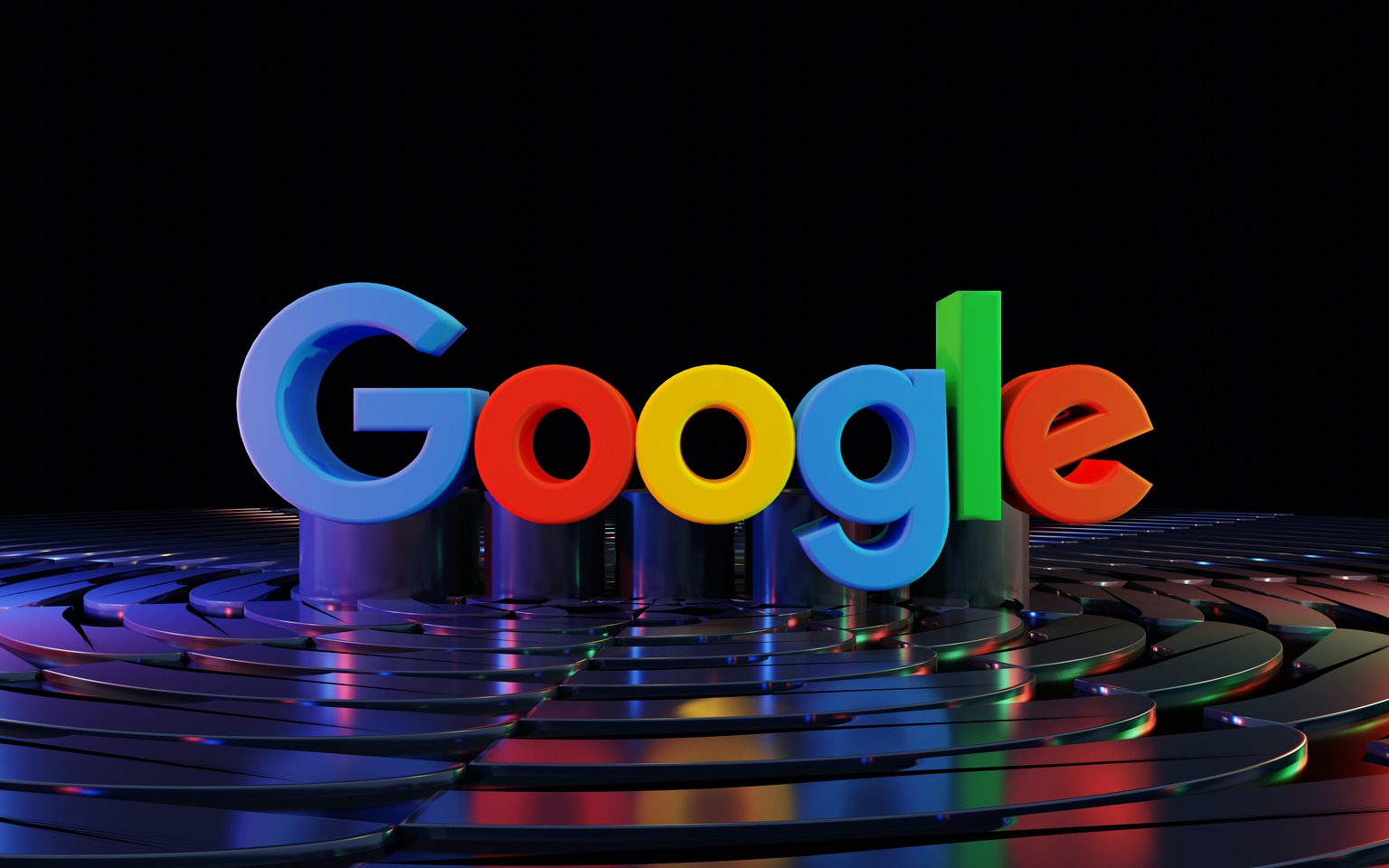A successful Google Ads campaign requires more than selecting the right keywords and working on bidding strategy. One of the essential things that online advertisers must focus on is improving the landing page experience to enhance the user experience and performance of crucial PPC metrics. This blog will discuss how engaging landing pages can improve Google Ads performance, increase conversion rates, and set the stage for advertising success.
What is a landing page experience?
Users want the best landing page experience to ensure that they easily find the product or services they are looking for on the website. The landing page should have a fast loading speed to ensure that the users do not have to keep waiting for the relevant results to be displayed. If the page takes longer to load, there are chances that the visitor may leave the landing page without taking the desired action.
A landing page experience is the sum of all the elements that make users feel like they are on a page designed for them. This involves page design and layout, page content, buttons or links on the website landing page, and quality of the service provided by the page’s host. A landing page should be personalized to be compatible with different devices. Other factors responsible for a good landing page experience are- following up on promises made in the ad, answering essential questions, and creating a clear path to the conversion goal.
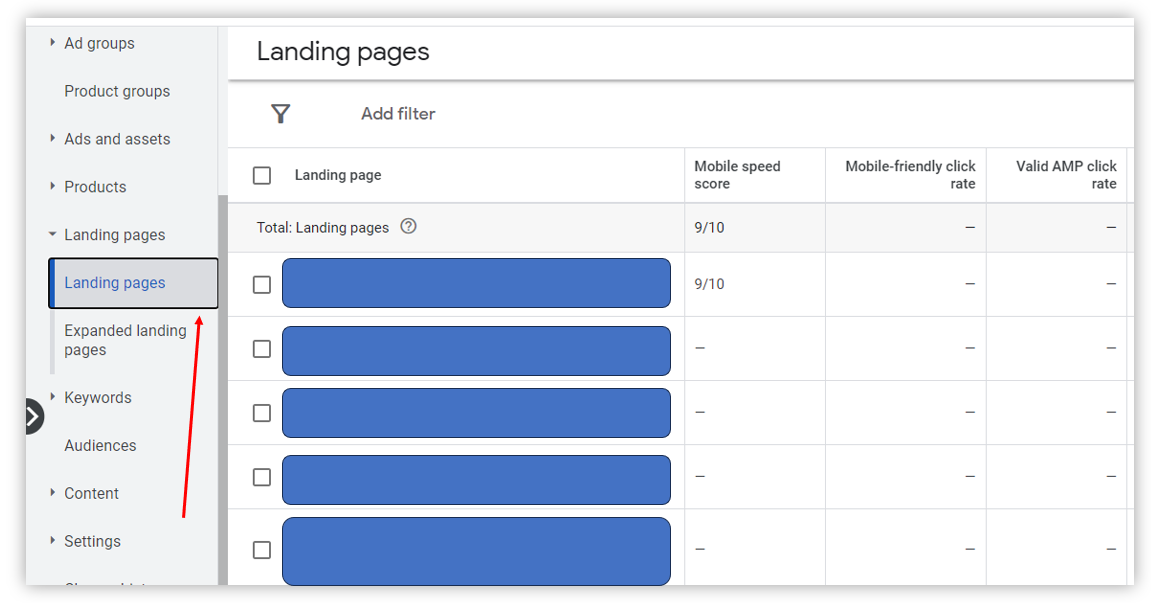
What are Google Ads and how do they function?
Google Ads is an online platform designed to promote your business, boost product sales, and drive more traffic to your website. It helps in taking the target audience to the desired page for buying goods or services your business offers. Google Ads accounts are managed online providing you with the opportunity to change ad campaign at any time, including your ad text, advertising goals, ad budget, etc. With Google Ads, you can choose where your ad appears, set a budget that is comfortable for you, and easily measure the effectiveness of your ad. Google Ads is Google's pay-per-click (PPC) services allowing businesses to gain visibility on Google search result page for the users search query. There are various types of Google ads, such as Google Search Ads, Google Display Ads, and Google Shopping Ads.
The relation between a landing page and Google Ads is co-related. For example, if your landing page needs to be designed better or is working slowly, it can lead to decreased sales of products or services and ultimately lower conversion rate. The landing page experience should match users' expectations. In this blog, we will deal with what landing page experience is, what Google ads are, and how a better landing page experience can boost Google Ads performance.
How better landing page experience and ad relevance can boost your Google Ads performance?
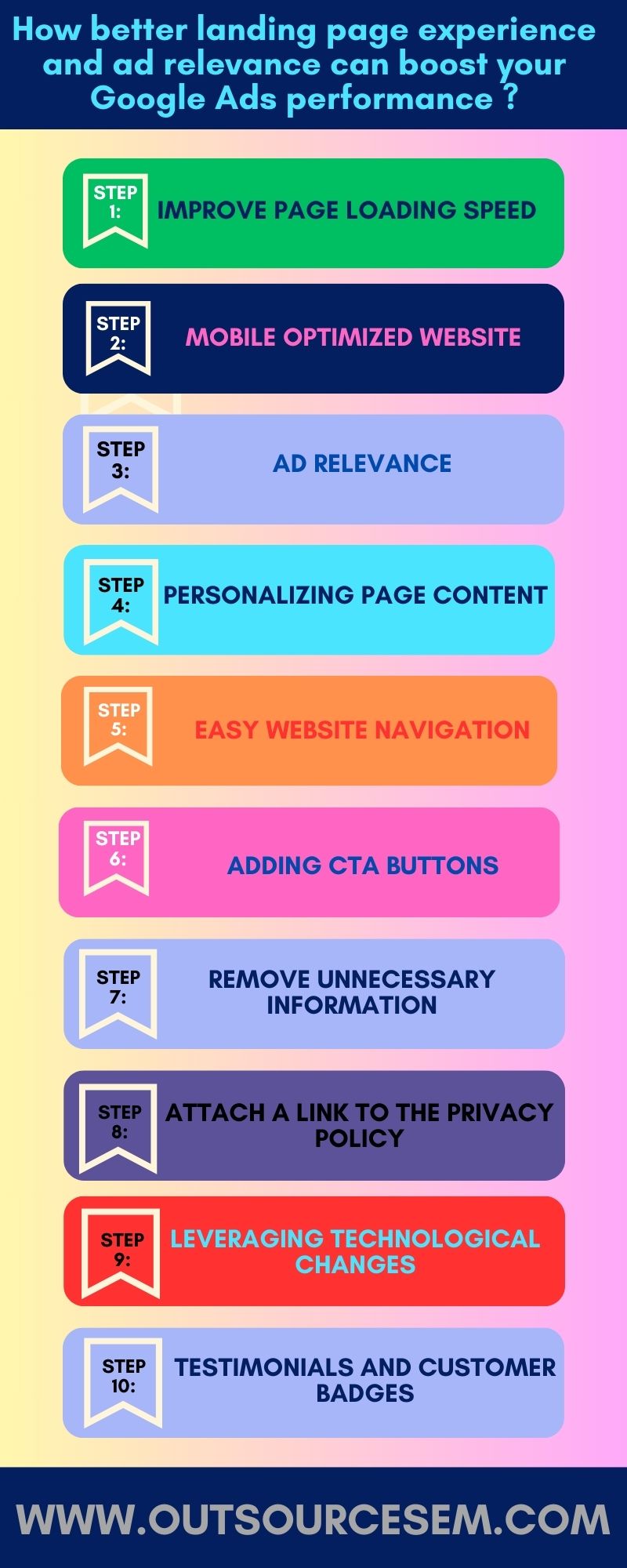
1. Improve page loading speed: One of the most important ways to improve your Google Ads landing page experience involves improving the speed at which your page loads. Slow loading speeds adversely affect your page's conversion rates and increase the bounce rate. By putting your website landing page URL on Google's page speed insights, you can find out how fast your page loads. The large size images, unoptimized pages, excessive coding, plugins, etc. are responsible for page loading issues. You need to ensure that you use resources that improve your page loading time and boost user engagement.
A well-optimized landing page should load within three seconds so that users can easily find what they are looking for. Users want fast loading websites and so does Google's ranking algorithm. For this purpose, you can optimize images, minimize Javascript, etc. It helps to improve landing page experience, boosting your Google Ads performance.
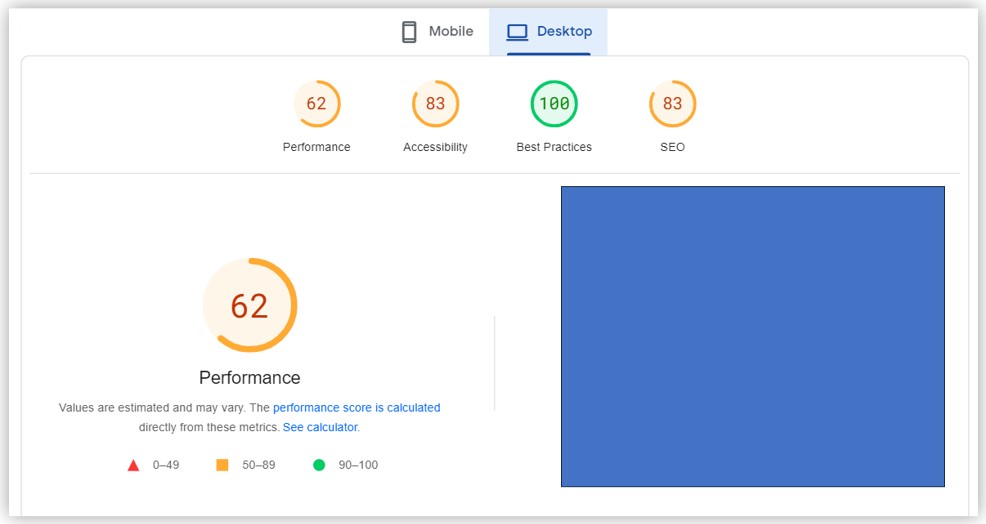
2. Mobile-optimized website: To enhance the landing page experience, you must optimize it for mobile users to decrease bounce rates and increase conversions. When you want your landing page to connect better with your target audience, you need to optimize it for mobile users. You can tailor the landing page for mobile devices by implementing several strategies such as streamlining the content to make it concise and readable, incorporating engaging call-to-action (CTA) buttons, and optimizing images for faster loading. The reason for taking mobile optimization seriously is that the phone is a gadget that is readily accessible to all anytime, anywhere. So, through the website landing page, users want to get the information then and there only. They want to avoid scrolling through long pages or navigate multiple pages, as this leads them to spend more time on your website.
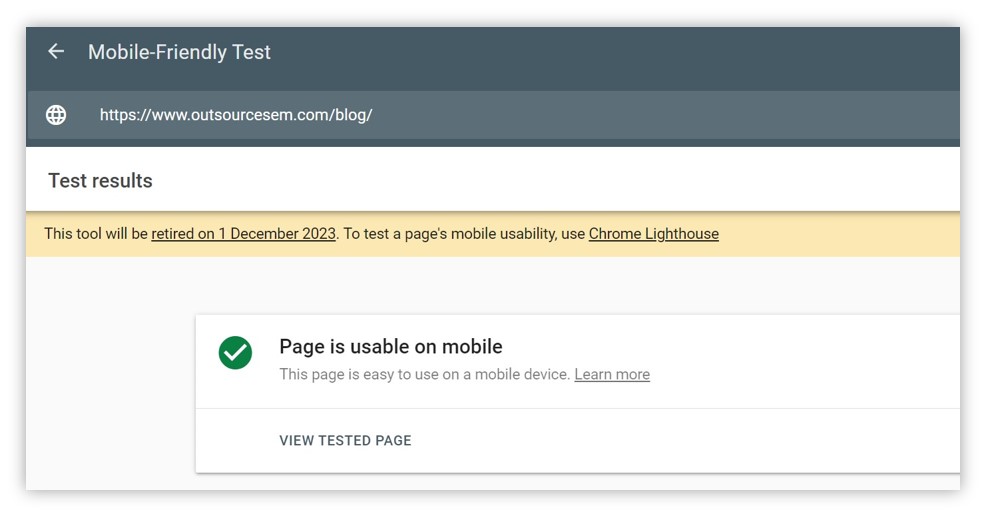
3. Ad relevance: Another essential way to improve your landing page experience involves making your page relevant to your ad. You must ensure that your content is appropriate and matches the information between your users' pre and post-click experiences on your landing page. You must direct your users to a dedicated landing page if they click on an ad for a specific product or service. Irrelevant landing pages leads to users leaving the website and negatively impacts your brand. You must maintain the same messages from your ads to post-click landing pages.
Ensure your message matches your user headlines, intent, and brand image. By ensuring these aspects of your landing page, you help create relevance for your users and increase your landing page's conversion rates. If you want users to click on your ad and convert, your landing page has to be relevant to their needs and interests. Your landing page content must match your ad text and the ad's keywords. For example, if a user clicks an advertisement about high heels, don't send them to a general shoe page but a specific page about the high heels should be displayed. Add the best-performing keywords within an ad group in an ad's headline, ad description, etc. as this helps increase the click-through rate.
4. Personalizing page content: You also need to personalize your landing page to satisfy different sections of your audience. To achieve this, you must strive to make your Google Ads correspond with your post-click landing pages. Your ad-to-page personalization will give your users the most original and meaningful experience in your ad campaign, starting with the ad itself to your post-click landing page. In digital marketing, it's essential to have the best PPC strategy in plan to ensure that your ad receives higher impression share, enhanced clicks, etc.
A good landing page experience leads to boosting Google Ads performance and thus expanding business. Google is getting better at understanding what users seek when searching for something online. This is why it makes sense to understand customer needs better when creating landing pages with particular calls-to-action.
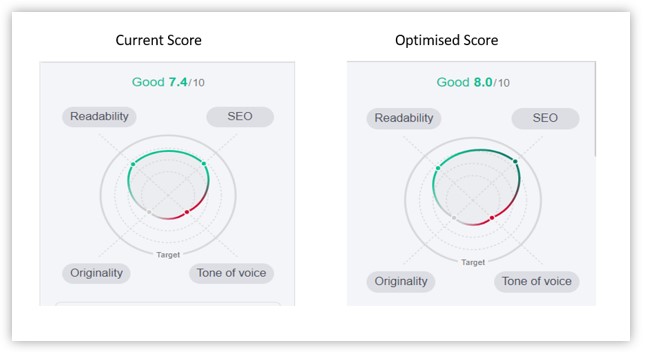
5. Easy website navigation: Easy website navigation is another feature that improves your landing page experience for users. You can give your users what they want by making your website more accessible for them to navigate and providing a way to spend more time on your landing page. To start, you can do so by using bullet points.
Bullet points improve your page's organization and overall user experience, especially for people using mobile devices to access it. Make sure your page and its content are easy to share. Put your social media buttons at the top of your page and ensure that any images or videos on your landing page can be shared easily. If people can't easily navigate your page, they may get frustrated, leave it, move on to another site, or not return. It's also essential to have a clear call to action on every page so visitors know what to do next and what they'll receive if they click each link. This will help people find what they're looking for more quickly and urges them to stay longer on each page before moving on to another one.
6. Adding CTA buttons: You should make your page's call-to-action buttons large. Making your CTA buttons prominent and visible on your landing page will help users find your websites quickly and increase your website traffic. A clear, contrasting call-to-action (CTA) button can enhance your website's landing page experience. Powerful CTA buttons include words like "free download," "buy now," contact us," or "submit." These buttons motivate users to click those buttons and get the products or services from your website. You should be creative in labeling it and making fonts colorful or bigger so users can click on it. You can also use words like "hurry" or "limited offer" and ensure consistency between your CTA button and landing page.
Adding a clear CTA button ensures that users can easily navigate between different sections of your website. This will allow them to get more information about what you offer and make it easier for them to take action on their purchase. You can also use a clear CTA button to increase visitors' time on your site and enticing them to take the desired action.

7. Remove unnecessary information: Old, useless, or irrelevant content to your business can negatively impact the landing page experience and hurt your website rankings. By working on this feature, you can improve your website credibility and increase Google Ads performance. To ensure your website only contains relevant content, it's important to conduct regular audits by periodically adding or removing content to maintain active user engagement. Continuously updating your content can enhance the experience on your landing page and, in turn, improve the performance of your Google Ads.
8. Attach a link to the privacy policy: The user experience on your landing page is affected by your privacy policy. It's crucial to include a link to your company's privacy policy on your website. It serves a vital role in how you connect with your website users and how they connect to the content on your landing pages. It should also give details on what information you gather from people who visit and engage on your website. Your privacy policy should contain sections for the business or website information, the method you use to collect information about the user, how the data is stored and utilized, and how users can contact your company. The link to your privacy policy should be highlighted and placed in an easy-to-find location in your content. Therefore, the landing page experience is directly related to the private content you provide to the user.
9. Leveraging technological changes: The landing page of a website could load faster because there are too many codes or large-size images uploaded. The latest technology should be adopted to optimize it, and various plug-ins should be installed to make a website landing page user-friendly. Additional upgrades are necessary to boost Google Ads' performance and increase business growth. The quicker your technology operates, the more efficiently you can conduct tests and implement necessary enhancements to advance your business.
10. Testimonials and customer badges: When you include testimonials from customers and display customer badges, you can improve the landing page experience for your website. Users are interested in information about a product or service if it comes from a trustworthy and reliable source. That is, if the opinion of someone who has tried and tested the product or services is mentioned on your page, the website's credibility increases. People consider the website trustworthy and are often induced to buy products or services from them. Through this way, the user's landing page experience scales, ultimately enhancing the performance of Google Ads. There are two types of testimonials that you can include on your site: user-generated testimonials and solicited testimonials. Both forms are powerful and can improve your landing page experience. You can determine where to place them on your website by tracking visitors' use of your website. For example, you can run A/B tests on specific pages, check user behavior reports, and decide what actions encourage the highest conversion rates.
Final thoughts
A high-quality landing page experience is crucial for any ad campaign because it can significantly enhance user engagement and conversion rates. You can see an increase in ad rank by improving ad relevance, landing page experience and achieving a higher CTR. Google Ads uses landing page experience to measure how well connected your landing page is to your ad. Your page experience affects your ad rank, cost per click, and ad position. Hence, you need to optimize your landing page by following the above techniques for expanding your business and boosting Google Ads performance.
If you find optimizing the landing page a challenging task to perform, you can get in touch with a digital marketing agency. The PPC professionals have expertise in optimizing the landing page and enhancing the conversion rate. With the PPC management services, you can master running mobile ads, video ads, search ads, etc. When you outsource PPC services and avail of white label PPC services, the PPC specialists help you with PPC keyword research, e-commerce PPC campaigns, remarketing campaigns, etc. Also, they provide you with a complete PPC campaign analysis by conducting a PPC audit and preparing a PPC report. At our digital marketing agency, we provide top-notch PPC services to businesses. This includes painting PPC, plumbing PPC, construction PPC, appliance repair PPC, and HVAC PPC services. If you want to optimize your PPC campaign for maximum returns, get in touch with us. Our team of professionals is ready to help elevate your business.
References:
- How better landing page experience and ad relevance can boost your Google Ads performance
- What to do if Google Ads says your landing page experience is below average
